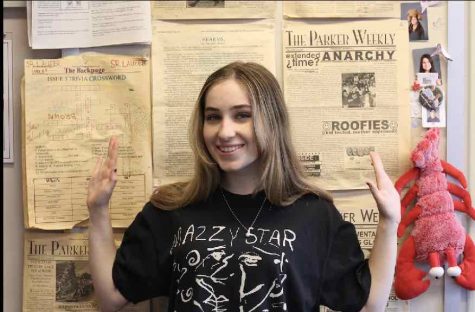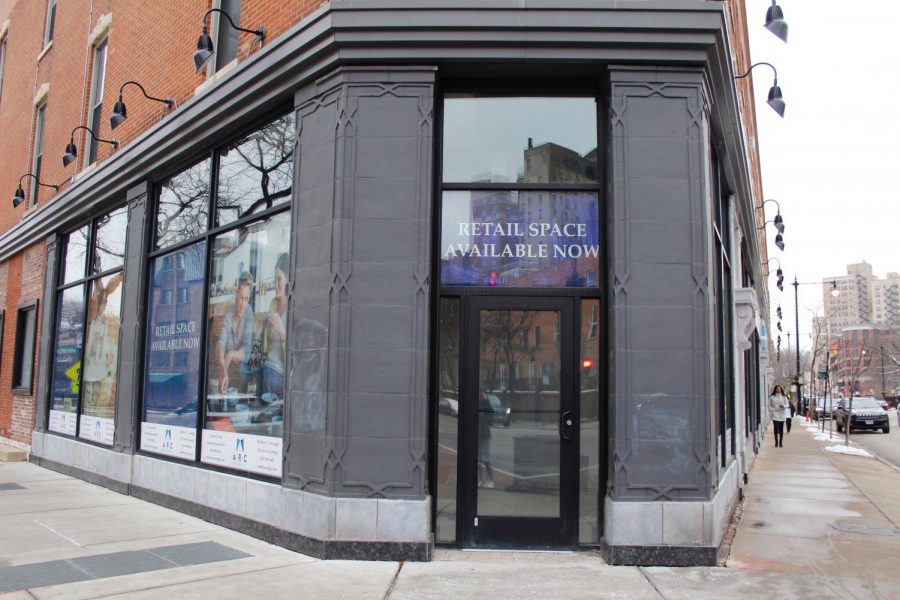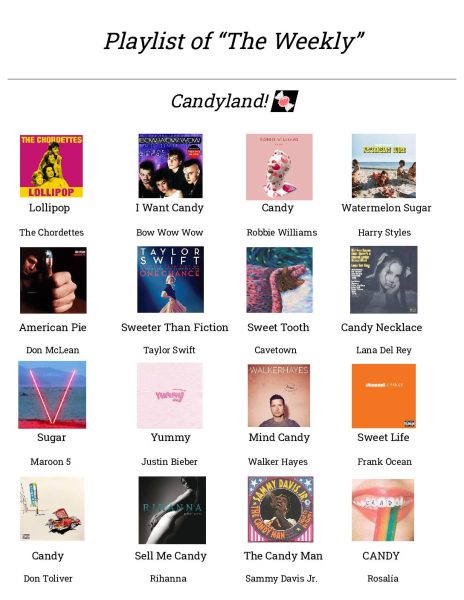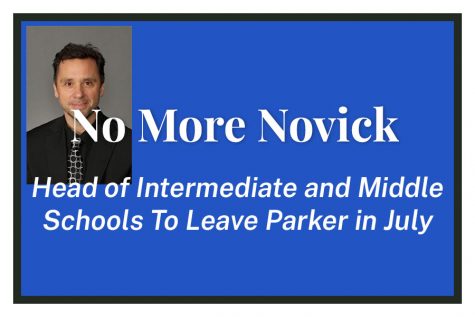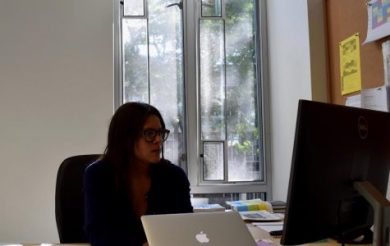Thank You, Next
Former Next Chef Jenner Tomaska Opens Restaurant in Cosi Space
Photo credit: Anna Fuder
The building that formerly housed Cosi, a popular restaurant in Lincoln Park.
After tiring of Five Guys milkshakes and 7Eleven slushies, many Parker students have been anticipating a new spot for food to open at 2200 N Clark St. (formerly known as Così). What few people expected, however, was a fine-dining destination restaurant to fill the longtime vacancy Così left behind. Head Chef Jenner Tomaska will open Esme, his first solo restaurant, in late 2020 or early 2021.
Unlike Così, Esme will be open after school hours, from 5 p.m. to 10 p.m. Though 2200 is a large space,with ample square footage, Tomaska plans to seat 40 in the dining room and about 20 at the bar, in order to create a more intimate, elevated dining experience.
Diners would pay for a ticket of 150 to 160 dollars per person for a prix-fixe menu of 20 to 22 dishes, with the option of an additional 100 dollars for wine pairings. Advance payment means that unlike many businesses located across from Parker, Esme won’t rely on foot traffic.
Senior Jared Saef, who is doing an independent study on Clark Street retail, believes that the vacancy rate on Clark remains high because of this common reliance on foot traffic. “A vacancy is definitely an issue because it deters businesses and other people from the neighborhood,” Saef said.
Saef heard about Esme at a 43rd ward community board meeting on December 10 where Tomaska presented his proposed change to zoning codes. In a high-income neighborhood like Lincoln Park, Saef expects Esmé to be able to sustain itself despite its high price point and a restaurant-style that’s unusual for Lincoln Park.
After working for the high-profile Next restaurant for seven years, Tomaska expects has name recognition that will ensure the restaurant has customers and critics. While his reputation is an asset, it also adds pressure. “At this level, when you open the doors, you can pretty much expect a critic to walk in, day one,” Tomaska said. “There isn’t a ‘oh, the restaurant is only a month old.’ I feel like that that’s not an excuse it at this price point.”
To reach his standard on day one, Tomaska focuses on juggling many moving parts. The first step is finding a restaurant and negotiating the lease. Landlord Kristen Martin declined to comment on the deal until the lease had been signed, but has been in discussion with Tomaska and his business partners for about a year.
Tomaska is also focused on raising capital and budgeting, as well as construction, architectural planning, and design. While 2200 has the right kitchen space and A.C. system, it’s mostly empty and needs decor, restrooms, and seating. As head chef, Tomaska balances these creative tasks as well as financial ones, a balance helped by ticketing meals.
To reach his standard on day one, Tomaska focuses on juggling many moving parts. The first step is finding a restaurant and negotiating the lease. Landlord Kristen Martin declined to comment on the deal until the lease had been signed, but has been in discussion with Tomaska and his business partners for about a year.
Tomaska is also focused on raising capital and budgeting, as well as construction, architectural planning, and design. While 2200 has the right kitchen space and A.C. system, it’s mostly empty and needs decor, restrooms, and seating. As head chef, Tomaska balances these creative tasks as well as financial ones, a balance helped by ticketing meals.
By pre-selling tickets a few months in advance, Tomaska can operate consistently with his revenue stream and focus on the food instead of worrying about predicting customers. “Your cash is king,” Tomaska said.
Changing the zoning code of the property is another big task for Tomaska.
Zoning laws set limits on the use of properties in defined areas. Tomaska and his business partners would like to rezone the property to be a B3 Community Shopping District in order to provide a liquor service at their restaurant.
In the City of Chicago, liquor licenses cannot be issued to establishments within 100 feet of a school, as measured from the property line of the school to the property line of the property.
Though Parker would not have typically been contacted in the early stages of a project like Esme, both Smith’s office and Tomaska reached out to the school to see if the school would be flexible about this rule. “We really wanted to make sure that the school was on board before even navigating down that road,” Tomaska said.
After Frank discussed the proposed change with other administrators, he decided to give his approval. “We thought it was a reasonable opportunity to bring some commerce back to Clark Street after having an empty storefront for so long,” Frank said. “It’s not the kind of place kids are going to be wandering into.”
Tomaska was happy about the positive feedback from members of the school and the community at large. “Our goals are very community-driven,” Tomaska said. “Our long term goal is using the school as an asset. There’s a lot of great opportunities for teaching that we would love to be a part of. Hopefully, that translates over to possibly having the kids’ parents come in and eat, too.”
Frank also recognizes the possibility for neighborhood-wide impact, even with late-night operating hours. “Although the doors may be closed, you have the chefs and cooks and all the people who are working there, getting ready for the evening and right,” Frank said. “There will be eyes on the street, which will provide more citizen safety because people are moving in and moving out, rather than it just being closed.”
Tomaska has other ideas for community initiatives. He’s reached out to local artists and musicians, though it’s too early for any collaborations to be set in stone. The patio space will likely be used for weekend brunch, prepared with ingredients from the nearby Green City Market in the summer. “We thought that we’d be able to collaborate with the farms and any vendors that are there and use that as a marketing tool,” Tomaska said. “As you’re picking up a piece of rhubarb, from say Seedling Farms, we’ve got an Esme card on the table that says come eat this at Esme right now.”
Esme’s location is a half a mile south of where Tomaska lives. His old morning commute to the West Loop took him past 2200 every week. “It’s such a lovely space, and it kind of has that neighborhood magic to it,” Tomaska said.
The “neighborhood magic” is only one factor in Esme’s location. “Obviously being in a more affluent neighborhood is one of the reasons we’re going into Lincoln Park, but it’s not it’s not the only one,” Tomaska said. “The West Loop is a little bit oversaturated at this point. I think Lincoln Park is really at a point where it’s going to make a comeback.”
For Frank, the neighborhood has always been powered by small businesses and community spaces, a culture to which he believes Esme will contribute. “Having some additional anchor that looks like it could be there a while and draw people to the neighborhood,” Frank said, “would be a good thing.”
